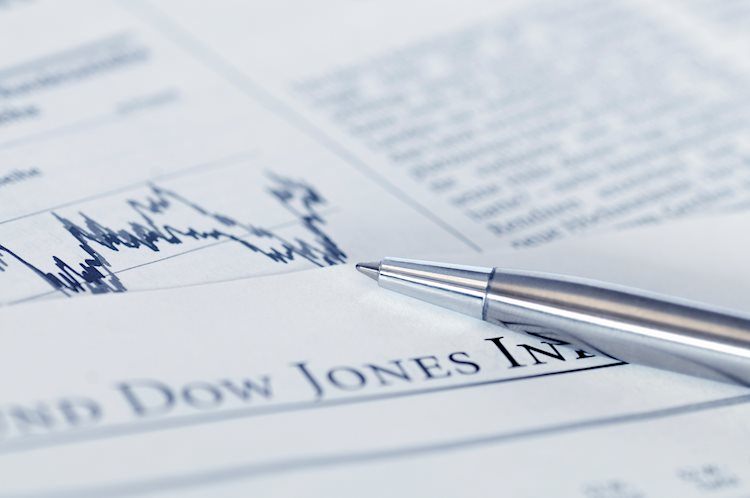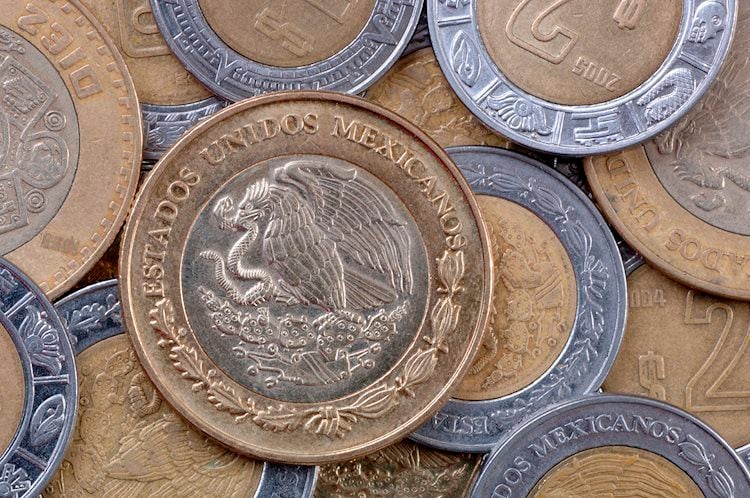AUD/USD remained under some selling pressure for the fourth consecutive session on Tuesday.
COVID-19 jitters, a modest USD strength continued exerting downward pressure on the major.
A solid rebound in the equity markets helped limit the downside for the perceived riskier aussie.
The AUD/USD pair remained depressed through the first half of the European session and was last seen trading around the 0.7325-30 region, just above eight-month lows touched earlier this Tuesday.
The pair witnessed some follow-through selling for the fourth consecutive day and was pressured by a combination of factors. Investors remain worried that the fast-spreading Delta variant of the coronavirus would harm the global economic recovery. Apart from this, extended lockdowns in Australia’s two most populous states of Sydney and Victoria continued acting as a headwind for the Australian dollar.
Bulls failed to gain any respite after the minutes of the July 5 RBA meeting reiterated that the central bank’s base scenario for the economy is that conditions for rate hikes will not be met before 2024. In other central bank events, the People’s Bank of China (PBOC) kept Loan Prime Rates (LPR) for one year and five years intact around 3.85% and 4.65%, albeit did little to influence the China-proxy Australian dollar.
On the other hand, the US dollar stood tall near three-and-half-month tops amid a goodish pickup in the US Treasury bond yields. That said, diminishing odds for an imminent Fed action in the near future, held the USD bulls from placing aggressive bets. This, along with a solid rebound in the equity markets, extended some support to the perceived riskier aussie and assisted the AUD/USD pair to hold above the 0.7300 mark.
However, the AUD/USD pair’s inability to register any meaningful recovery suggests that the recent bearish pressure might still be far from being over. This, in turn, favours bearish traders and supports prospects for an extension of the depreciating move. In the absence of any major market-moving economic releases from the US, the pair remains at the mercy of the broader market risk sentiment and the USD price dynamics.





